Crates make amazing training and management tools for our canine companions, and they can also serve as a hound haven for whenever your pooch wants a little break in his own space.
However, you can’t expect your dog to love his crate right off the bat.
Instead, you’ll need to introduce it to him properly to help foster a positive association with the crate. Games provide a great way to do so, and we’ll share a few of the best here!
10 Crate-Training Games for Your Dog: Key Takeaways
- Crates are very useful dog-management and training tools, but it’s key to foster a positive association between your canine and his crate. Dogs don’t always enjoy hanging out in a crate immediately, but with a bit of training, most dogs will learn to love their little hang out spots.
- Games are a wonderful way to help your dog learn to love his crate. Games allow you to keep things fun and positive, and they’re some of the fastest ways to get your dog comfy with his crate.
- We share 10 different crate games below, but you don’t have to do them all. Some will undoubtedly work better for your pet than others, so try a few of ’em out and pick the ones that are best-suited for you and your doggo.
Why Use a Crate with Your Dog?
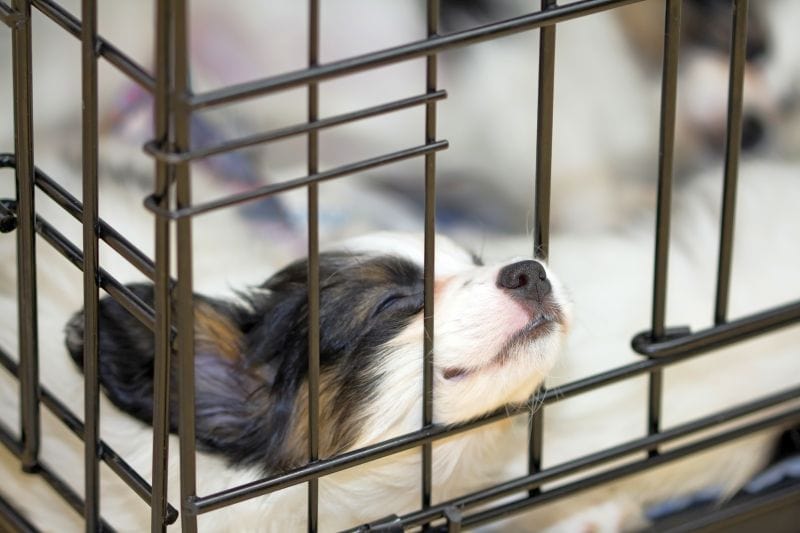
There’s a good reason many pooch parents swear by crate training for puppies — it works! Crate-training has proven to be one of the most effective ways to house-train your pooch from an early age.
But this isn’t the only thing crates are good for. Here are some other reasons why you may consider using a crate with your canine.
- You want to keep your puppy safe. Puppies truly need to be watched at every turn, as it’s all too easy for them to start toying with something they shouldn’t. Crates can keep your pooch safe while you make dinner or focus on another activity, and they might save your slippers, too.
- You’re working on potty training. Potty training can be a difficult process, but crates can make it easier since dogs typically don’t pee where they sleep. It can also keep any accidents contained, cutting down on clean up throughout the housebreaking process.
- You’re dealing with a dog who struggles with resource guarding. Dogs who resource guard their food can benefit from being fed inside of a crate, as it’s an arrangement that keeps everyone safe and allows your pup to chow down in peace where he won’t be disturbed by toddlers or guests. Crates can also be helpful for keeping doggo roommates separated during feeding times.
- You just need help managing your mutt. There’s nothing wrong with implementing canine management techniques to help navigate some of the day-to-day challenges of pup parenthood, whether the crate’s used to keep a stranger-danger dog away from guests, or to help an exhausted puppy settle down and take a nap.
- Your dog gets destructive when you’re away. Dogs with separation anxiety can quickly destroy your entire home when you leave for work or school, but heavy duty crates for separation anxiety can help limit this kind of doggo destruction (just be sure to also implement a behavior modification plan to help ease your dog’s separation anxiety, as crating your dog alone will not solve the underlying issue and can even increase panic with certain extreme cases).
While utilizing a crate might not be the right fit for every family, and they don’t work in every single case, they can make super effective dog-management tools.
Don’t Leave Your Dog in the Crate for Hours Upon Hours!
Crates are immensely helpful for keeping your canine temporarily contained, but don’t go overboard with them – you absolutely do not want to just lock your dog away all day while you’re not at home. That’s inhumane!
Remember, dogs are not actually den animals (despite it being a common dog myth).
They don’t like being confined to a tiny space for hours upon hours anymore than you would. However, there are healthy and appropriate ways to use a crate that can benefit both you and your dog, as long as it’s used ethically and in a limited capacity.
Don’t forget, there are many great crate alternatives for owners who need to leave their dog alone for more than a couple of hours here and there. Some great alternatives include:
- Exercise pens. Exercise pens (also known as x-pens) are basically dog play pens that keep your dog in an enclosed area, while offering a roomier setup when compared to a cramped crate. Exercise pens can often be adjusted to get the perfect size, allowing space for a dog bed as well as a bit of room to play and romp.
- Gates. Indoor dog gates are another great crate alternative. Just close your dog off in a dog-safe, easy-to-clean room (like the kitchen or a laundry room). You’ll still need to let your dog get adapted to being sectioned off in small increments but he’ll have more space than he would in a crate, and might adapt more quickly.
Consider starting with crate training and graduating your dog to one of the alternatives above that provide more space. Or, apply the crate training games listed below to an x-pen or room gate right from the get-go!
Choosing a crate of the proper size is crucial for your canine’s comfort as well as the success of your house-training efforts. Crates that are too small are simply cruel, and crates that are too large may not inhibit a dog from relieving himself while inside it.
Generally speaking, you’ll want a crate that’s just large enough for your dog to lay down comfortably, stand without hitting his head, and turn around completely.
10 Crate-Training Games to Help Your Dog Love His Crate
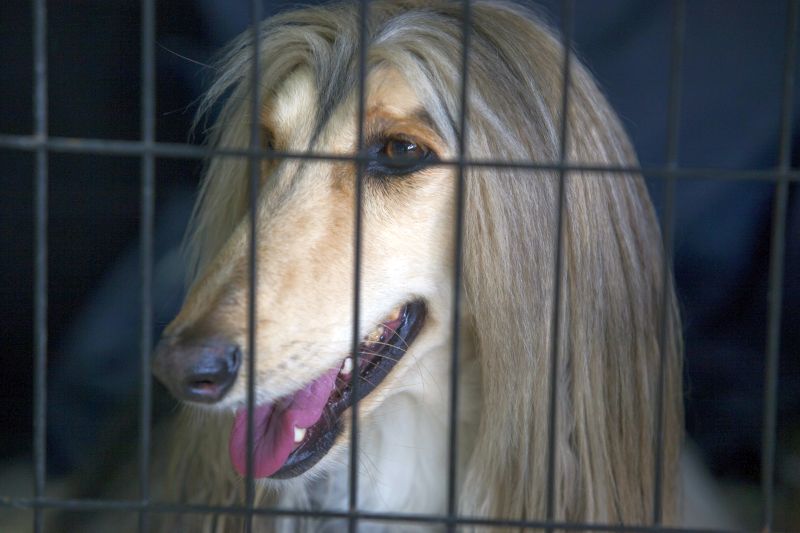
Crate training games are perfect for building up your dog’s confidence and comfort around the crate. If you’re starting from the beginning without any prior crate work, also consider reading our full guide to crate training a dog before embarking on these games.
Without further ado, here are some of the best crate training games to help your dog love his doggie den. Each game has its own use case, so it’s certainly worth trying out more than one of these engaging games. Plus, you’ll build your bond with your best buddy along the way.
1. The Magic Crate
One of the easiest ways to help your furry friend love his crate is to turn it into a gift that keeps on giving. Whenever your dog isn’t looking, place some of high-value dog training treats in the crate. You can leave them in there for your pooch to find later, or gently point him in the right direction.
Soon, he’ll learn that going in the crate is downright magical for mutts!
Don’t be afraid to get fun with this – try dropping a variety of different high-value treats in the crate whenever you walk by. Also experiment with dropping in tasty chews or even new toys!
2. Treat Toss
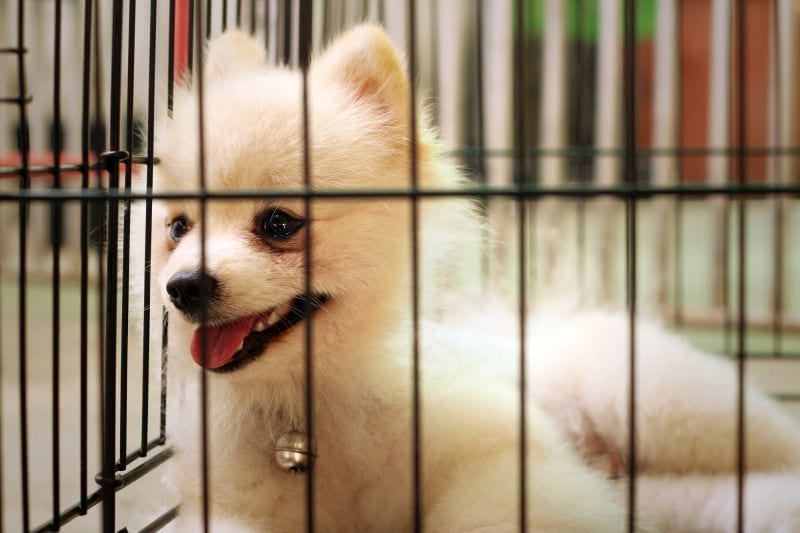
Have your canine companion enter the crate and lie down. Ask him to “Stay,” and then throw him a treat while he’s inside. Once he’s done, have him come outside of the crate. Then, tell him to go back in, throw another treat. Lather, rinse, repeat until he is happy to enter the crate when you ask him to.
To start, play this game while leaving the crate door open the entire time. After your dog has gotten comfortable with that step, you can close the door for just a second, and then open the door and dispense treats. Next, close he door for a few more seconds before opening and treating.
Continue to keep the door closed for more seconds, slowly, at a rate with which your dog seems relaxed and not stressed. Eventually you should be able to just feed treats through the closed door, only opening the crate when the training session is over.
You can play this game as long as your dog is up for it. Just make sure to count your dog’s treat calories as a part of his daily food intake.
3. Quiet When the Door’s Closed
This is a great game for dogs who tend to get vocal while in their crates. To play, have your dog enter the crate, and gently push the door closed.
If your dog begins to whine and cry, wait for him to pause (even just for a second) and then click and treat. This is basically our recommended method for quieting a dog who is a nuisance barker, barking at everything. As long as your dog continues to be quiet in the crate, keep clicking (or using a marker word like “yes”) and treating.
The goal is to reward your pooch for waiting in the crate without vocalizing.
As your dog starts to get the hang of the process, you can increase the amount of time before clicking and treating. Your dog will start to get into the habit of staying quiet while chilling in his crate.
If your dog seems completely overwhelmed, stressed, and won’t stop crying in the crate, don’t lock him in! The goal is always for your dog to want to be in the crate and to choose to be there.
4. Time to Chill
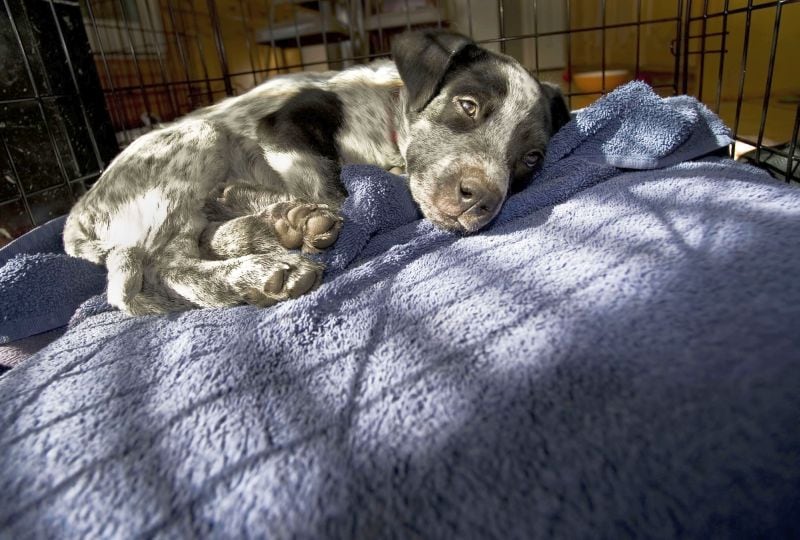
Many of the games listed here are great for building a positive association with the crate. But our end goal is usually to have your dog associate the crate with calm, resting behavior. So, help your dog get used to relaxing and napping comfortably in his crate.
Have your dog go into the crate, but don’t tell him to lie down. Just wait patiently — once he does lie down, give him a treat. The goal of this game is to teach him that he can relax in his crate.
When you and your dog aren’t playing crate games together, make sure you leave the crate door ajar. You may be surprised — your furry friend may make his way to snooze in his crate entirely on his own. If you do witness your dog voluntarily going to his crate to relax, always reinforce and reward that behavior with a tasty treat or a relaxing chew.
Also find ways to really encourage your dog to naturally relax and physically unwind in his crate. You can do this by giving your dog stuffed Kongs and lickimats in his crate, as these licking activities naturally calm your dog and help him decompress.
5. Red-Light / Green-Light
With this game, you’ll teach your dog to stay calm when exiting the crate.
Once your dog is in the crate and the door is closed, hold up your hand to encourage him to stay there when you open the door (ideally, you’ll want to have a polished “stay” command to make this easier).
Then, give him your “Here!” recall cue or a “free” cue and treat him with training treats and lots of pets. The goal with this exercise is to prevent your dog from running out of the crate in a frenzy the very moment the door opens.
You can make this game more challenging by increasing the distance at which you give your “Here!” signal, or even moving out of sight before beckoning your best buddy. This is a great way to build your furry friend’s overall listening skills as well.
6. Hide and Seek
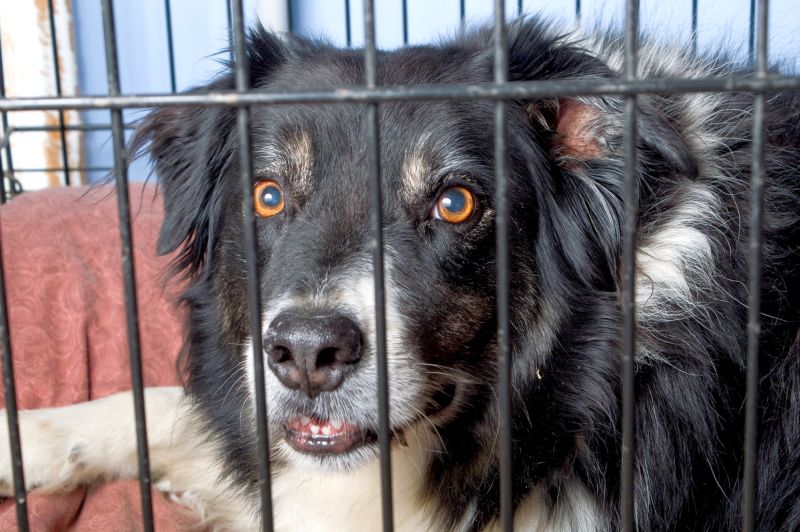
Who doesn’t love an engaging game of hound hide and seek? To play this game, have your pup go into the crate, while you go hide. Leave the door of the crate open, but make sure you tell him to stay in place (it may be helpful to play “Red-Light / Green-Light” first so that your dog gets a sense of staying in the crate with the door open).
Once you’re hidden, call your dog to come find you. Once he does, start doling out the treats and giving him the good scritches!
This helps establish a positive association with the crate through fun and games. Experiment with different hiding spots throughout the house to challenge your canine contender.
Another fun variation on this is to have your dog do a “stay” (or simply close the crate door) while you hide stinky treats (hot dog pieced work great) throughout the house as part of a scavenger hunt. Release your dog and let him run around and find the treats.
While most of the searching and sniffing takes place outside of the crate, since part of the waiting period is in the crate, it’s an easy way to continue to build on your dog’s positive association with being in the crate.
7. Crate Fetch
This variation on the classic game of fetch helps establish a positive association with your canine’s crate!
Simply toss your dog’s toy inside the crate one time after another and wait for him to retrieve his toy. Keep in mind that fetch isn’t intuitive to all dogs, so you might have to spend some time teaching your dog how to play fetch before engaging in this modified version.
8. Treat Trail
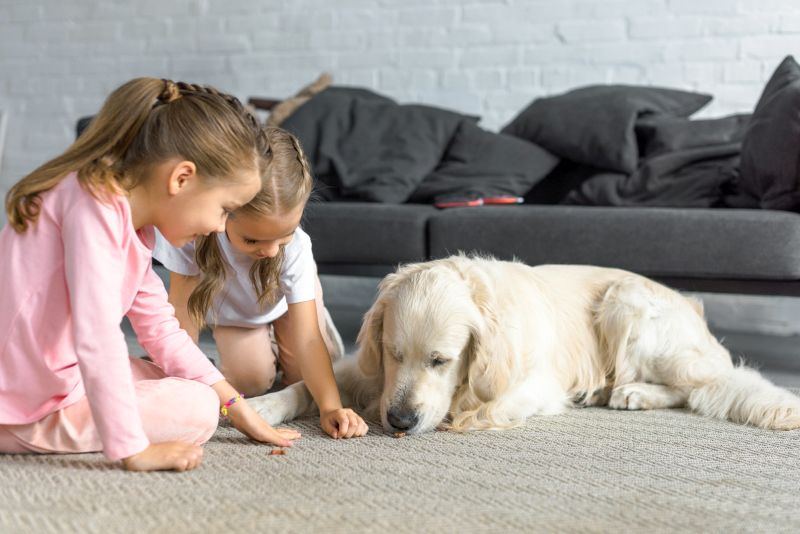
If your furry friend is totally new to training games and his crate, this is a great activity to kick off your dog’s crate training. Simply set up a line of small treats that lead into the crate, Hansel-and-Gretel style. Don’t forget to leave a jackpot pile of treats at the end inside of the crate!
Your four-footer will start to associate making his way to the crate as an exciting, treat-filled prospect.
9. Room Service
This isn’t necessarily a game, but what pooch doesn’t like a little extra pampering?
For “Room Service”, practice bringing your dog’s dinner into the crate and closing him in while he eats. Just make sure to open the crate as soon as he is done so that the crate doesn’t feel like a prison. By simply feeding your dog in his crate, he’ll learn to associate the crate with awesome things (ie: food).
It can also help pups who may struggle with resource guarding, helping them learn through experience that their resources are safe inside the crate and aren’t going anywhere, so they don’t have to be on edge.
This practice can also be helpful if you live in a multi pet household. It’s an easy way to help your canine love his crate while keeping the peace amongst your other furry friends.
10. Crate Relaxing By Your Side
One of the best ways to build up your dog’s trust with his crate is to give him time to get comfortable inside the crate while you’re around, rather just when you’re away (which can already be a scary prospect for some dogs).
Give your pooch some practice by having him going inside the crate while you sit close by and watch TV, read a book, or play on your phone.
This just helps your pup get used to chilling in his crate. Start this activity in an area where he can see you, and as he builds confidence, you can enjoy your show from an area outside of your dog’s direct line of sight. It can also be helpful to gradually increase the amount of time your dog is left to relax in his crate with the door closed before opening up the door.
General Crate-Training Tips & Tricks
Are you ready to start crate training with your canine companion? Here are a couple of general pointers to keep in mind so that you have a terrific training session.
- Some crates may work better than others based on the game. Some of these games, especially the ones that require you to toss treats in the crate, can be easier with hard-sided plastic dog crates and wire crates, rather than soft-sided mesh dog crates.
- Make your canine’s crate cozy. Some dogs may prefer a crate that’s lined with a soft blanket or a dog bed designed specifically for crate use to keep them comfortable. You can add a little bit of bedding and even some of your furry friend’s favorite toys to their crate, just make sure not to overcrowd your best buddy’s space.
- Keep training sessions positive and fun. Our dog’s certainly pick up how we’re feeling, so if you make training fun, they’ll think it’s fun, too. Remember to keep your sessions light, playful, and short.
- Don’t train for too long at a time. The best way to train your furry friend is to do so in small, consistent training sessions rather than large blocks of time. To start off, keep training sessions at just a minute or two, with a few sessions a day. In addition, you’ll need to gradually build your dog’s tolerance to his crate over time — don’t expect him to adapt to his crate overnight.
- Be patient with your pooch. Training our furry friends can be downright frustrating, but it’s important to remember that our dogs deserve time to learn just like we do. If you’re feeling frustrated with Fido, it’s probably time to wrap up your training session for the day and pick it up tomorrow when you’re feeling ready to play and explore this new skill with Spot.
***
Crate training games can be a great way to get your canine companion acclimated to his crate. It’s also an excellent opportunity for you to bond with your best buddy, and teach your dog some important skills in the process.
Have you tried any of these crate training games? Does your dog adore his doggie den? We’d love to hear all about it in the comments!
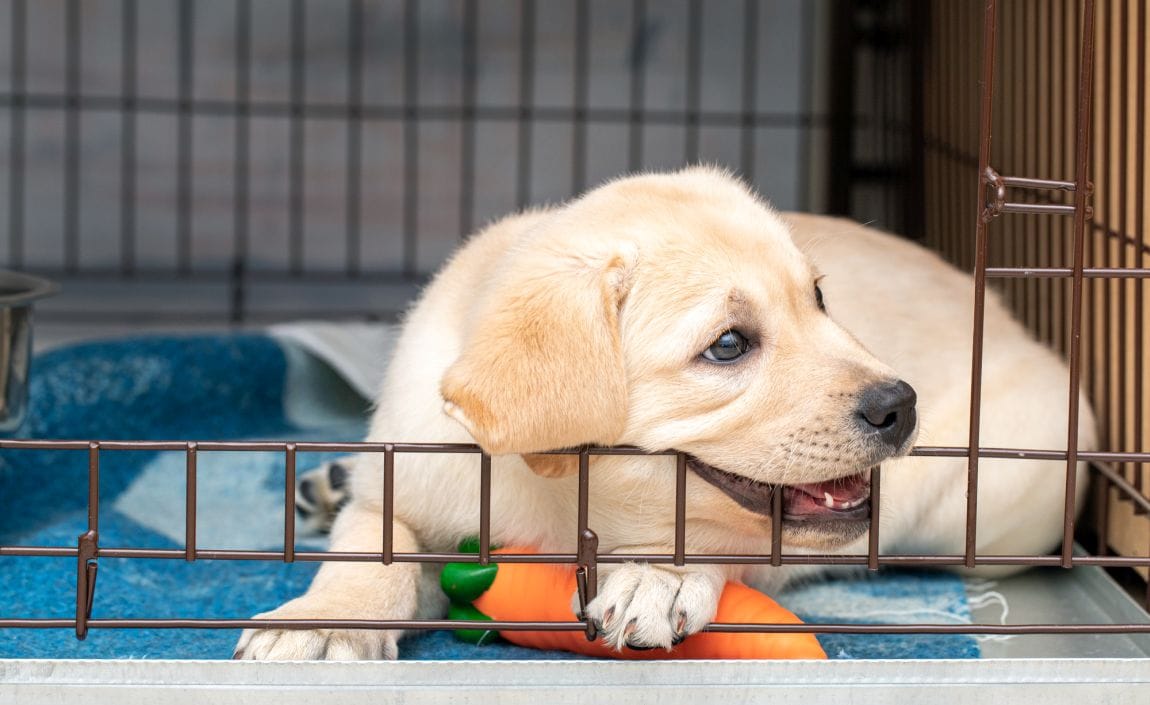

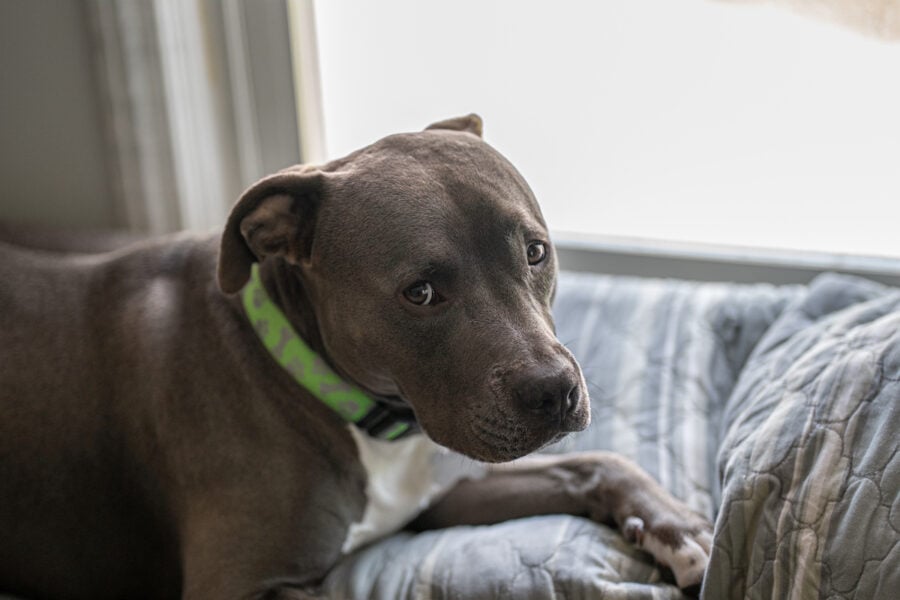


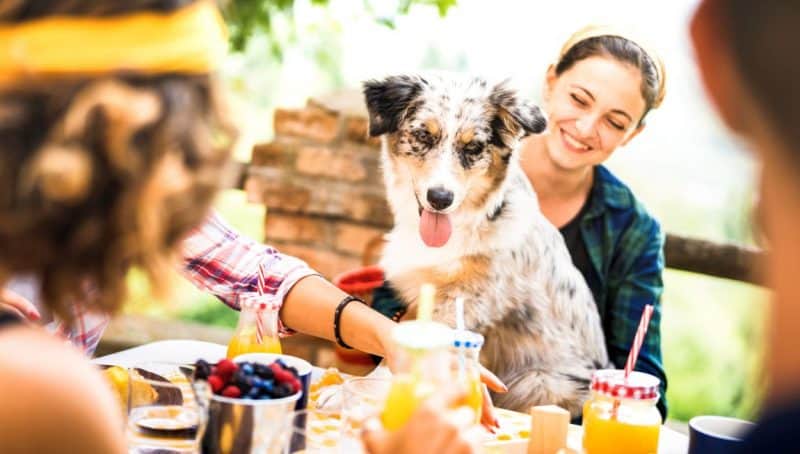
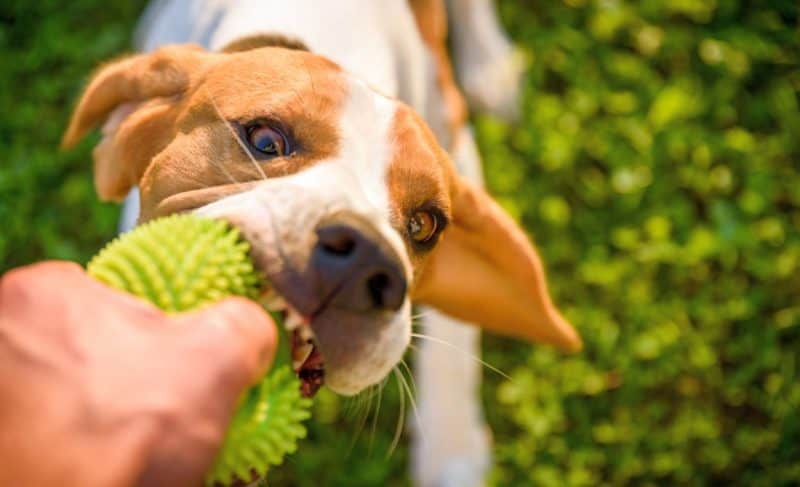
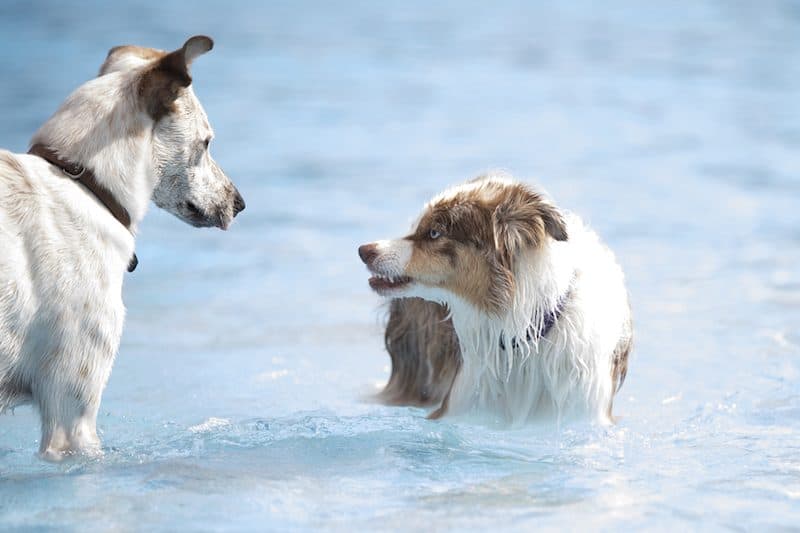
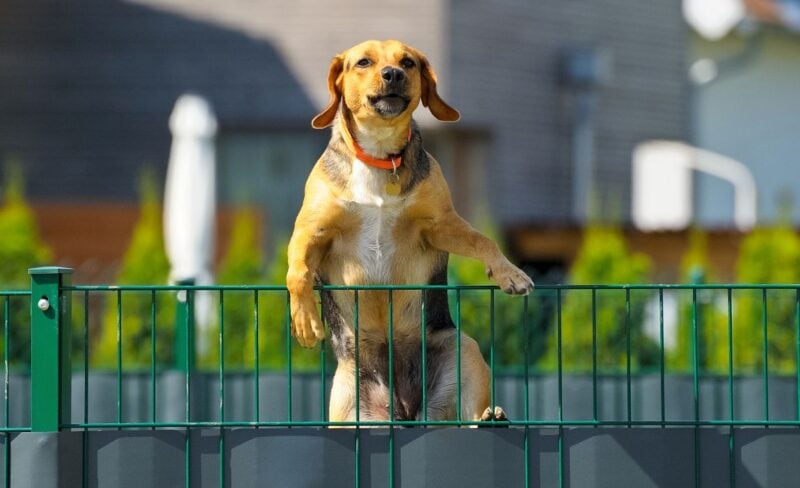
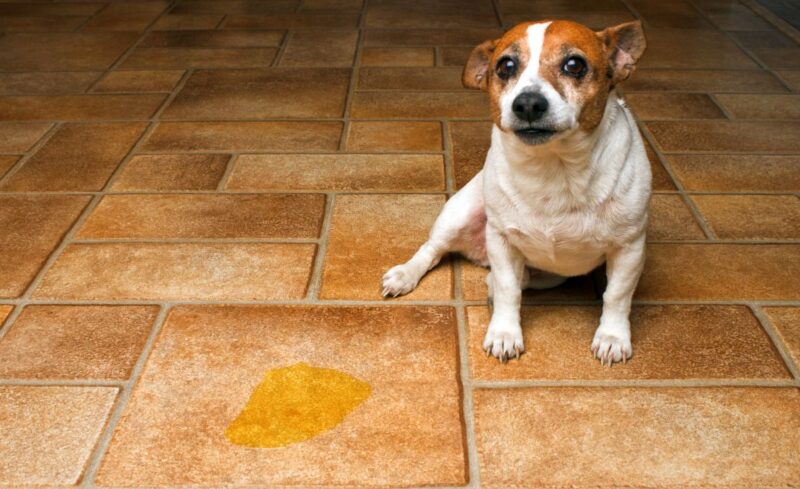
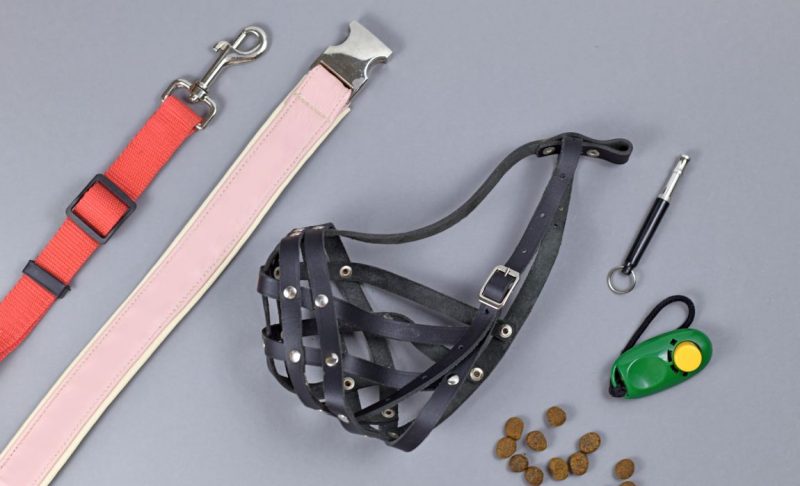
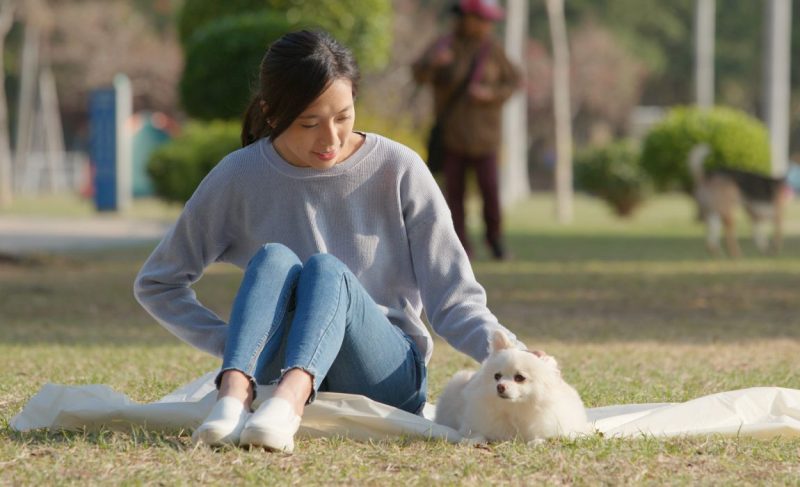

Leave a Comment